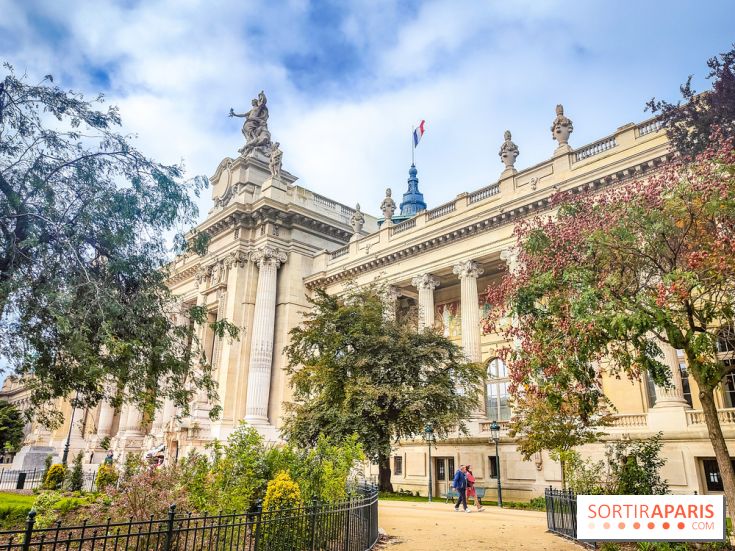Here's one of the exhibitions that's going to be a big hit in 2021. Les Origines du monde, l'invention de la nature au XIXe siècle is a major exhibition from the Musée d'Orsay and the Montreal Museum of Fine Arts, to be seen from May 19 to July 18, 2021 at the Musée d'Orsay. Tickets go on sale online May 6. Visitor capacity is limited, so hurry to reserve your place!
Presented in partnership with the Muséum National d'Histoire naturelle, this exhibition traces the themes of questioning man's place on Earth from the Renaissance to the First World War, drawing parallels between scientific discoveries and thecollective imagination of each era.
In the halls of the Musée d'Orsay, we travel through more than six centuries ofart history to (re)discover thehistory of Man, who went from being God's creature to an animal evolved by Darwin's theories of Evolution. At first glance, the exhibition may seem historic, but in reality it's a veritable cry of alarm at a time when ecological awareness is at the heart of society.
Divided into 10 sections, The Origins of the World takes us back to the 19th-century world that was in upheaval after Darwin 's discoveries on evolution.
The exhibition takes as its starting point the image of the world fashioned in the image of God, omnipresent in the works of the Renaissance. After a fine introduction to biblical works, we discover the beginnings of an academic curiosity that arrived in the 15th century, when animalist artists produced precise representations of plants and animals, often in the course of scientific research: Carracci, Anne Vallayer Coster and Leroy de Barde presented their discoveries to the princes and kings of Europe, adorning their cabinets of curiosities.
Theexhibition then takes us back to the Revolution, when scientists dreamed of a great Museum, a "universal high school" bringing together the arts, sciences and techniques in the spirit of the Enlightenment: in Paris, the Musée du Louvre and the Muséum d'Histoire naturelle with its Grande Galerie de l'Évolution, as well as the Conservatoire des Arts et Métiers, were built in 1793 and 1794. In these beautiful spaces, vellum and herbarium collections are preserved and can be studied by generations of scientists and naturalists!
With the boom in scientific exploration, the number of known species exploded, and the "natural system" classification established by Linné, Buffon and Jussieu, based on a number of species created by God, was no longer valid. Thestudy of fossils and dinosaurs, as well as the discovery ofprehistoric human bones, intrigued.
Charles Darwin and other scientists such as Charles Bonnet, Lamarck and Haeckel studied these phenomena and questioned history. But it was the publication of The Origin of Species (1859) that turned everything upside down.
For the first time, a man dared to assert that nature selects the most suitable individuals, those who can adapt over several generations to survive in a given environment. He went even further in his essay on animal psychology, L'Expression des émotions chez les hommes et les animaux (1872), in which he asserted that monkeys smile (with illustrations by naturalists) and dogs have feelings.
The Musée d'Orsay presents Darwin's work and its echoes in society: while some artists readily believed him, specializing in frescoes or genre scenes depicting humanity in the Stone Age (Cormon, Faivre, Jamin), the press portrayed Darwin and his followers (Haeckel, Littré...) as simians in beautiful caricatures.
Today, the origins of the world are still a subject of debate, especially in the United States, even if this debate has been superseded by ecological awareness due to the risk of a Sixth Mass Extinction. The focus is also on Nature as a creator of beauty and an inspiration to artists. The program includes such landmark works as Claude Monet'sWater Lilies and other paintings that present the planet as a living entity whose beauty must be respected to avoid the end of mankind on Earth.
We can't wait to discover this beautiful exhibition combining science and art!
Dates and Opening Time
From May 19, 2021 to July 18, 2021
Location
Musée d'Orsay
62 rue de Lille
75007 Paris 7
Official website
www.musee-orsay.fr
More information
Opening hours : 9h30-18h, closed on Monday















